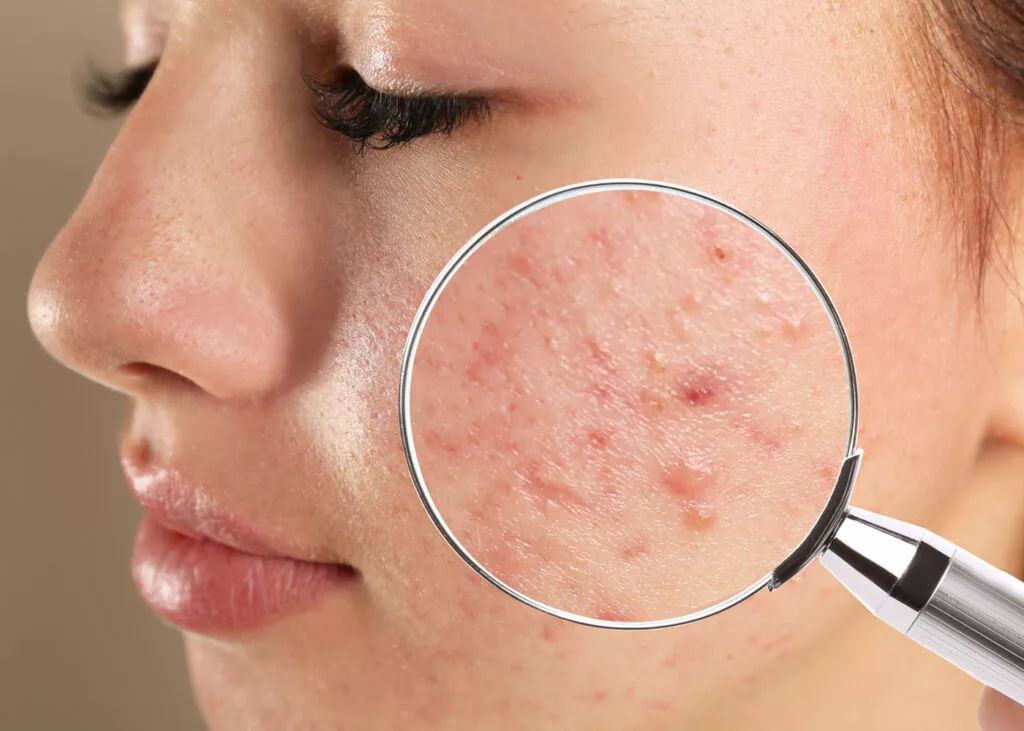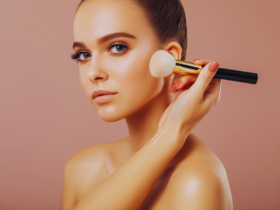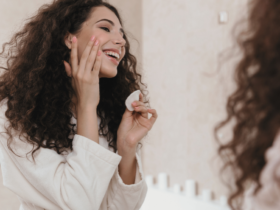When it comes to skincare ingredients, it seems like there’s always something new on the horizon. One ingredient that has gained significant attention in recent years is snail mucin. While snail mucin has received praise for its hydrating and soothing properties, it’s essential to address a common concern: Is snail mucin safe for those with fungal acne-prone skin?

Let’s dive into the world of snail mucin and explore whether it’s a friend or foe for those dealing with fungal acne.
Understanding Fungal Acne

Before we dive into snail mucin, it’s crucial to know what fungal acne is. Unlike traditional acne, which is caused by the P. acnes bacterium, fungal acne is triggered by an overgrowth of yeast on the skin, typically Malassezia. This type of acne manifests as small, itchy, and often uniform bumps on the skin, particularly on the forehead, jawline, and chest.
The Snail Mucin Sensation
Snail mucin, also known as snail secretion filtrate, has become a must-have in many skincare enthusiasts’ routines. It’s derived from the secretions of snails and is renowned for its skin-soothing and hydrating properties. Snail mucin is packed with beneficial compounds, such as glycoproteins, hyaluronic acid, and antioxidants, which can help improve skin texture, reduce redness, and lock in moisture.
However, fungal acne-prone skin requires special attention when incorporating new ingredients, as some products may exacerbate the condition.
Is Snail Mucin Safe for Fungal Acne-Prone Skin?
The safety of snail mucin for individuals with fungal acne-prone skin largely depends on the individual and the specific product formulation. Here are some factors to consider:
1. Ingredient Transparency:
Check the ingredient list of the snail mucin product you’re interested in. Avoid products that contain potentially aggravating ingredients like oils, fatty acids, and esters, as these can provide a food source for the yeast responsible for fungal acne.
2. Patch Testing:
It’s always wise to perform a patch test when introducing a new product, especially if you have sensitive or acne-prone skin. Apply a small amount of the snail mucin product to a discreet area of your skin and monitor for any adverse reactions over a few days.
3. Product Purity:
Look for snail mucin products that are formulated with minimal additives and preservatives. The purer the formulation, the less likely it is to trigger breakouts.
4. Consult a Dermatologist:
If you have concerns about using snail mucin for your fungal acne-prone skin, consult a dermatologist. They can provide personalized recommendations based on your skin’s unique needs and sensitivities.
Snail mucin, with its hydrating and soothing properties, can be a beneficial addition to your skincare routine, even if you have fungal acne-prone skin. However, it’s essential to exercise caution, choose products with transparent ingredient lists, and perform patch tests. If in doubt, seek guidance from a dermatologist to ensure that snail mucin aligns with your skincare goals and doesn’t exacerbate your specific skin concerns.
Remember that skincare is a highly individualized journey, and what works for one person may not work for another. Patience and careful consideration are key when navigating the world of skincare ingredients, especially when dealing with conditions like fungal acne.









1 Comment